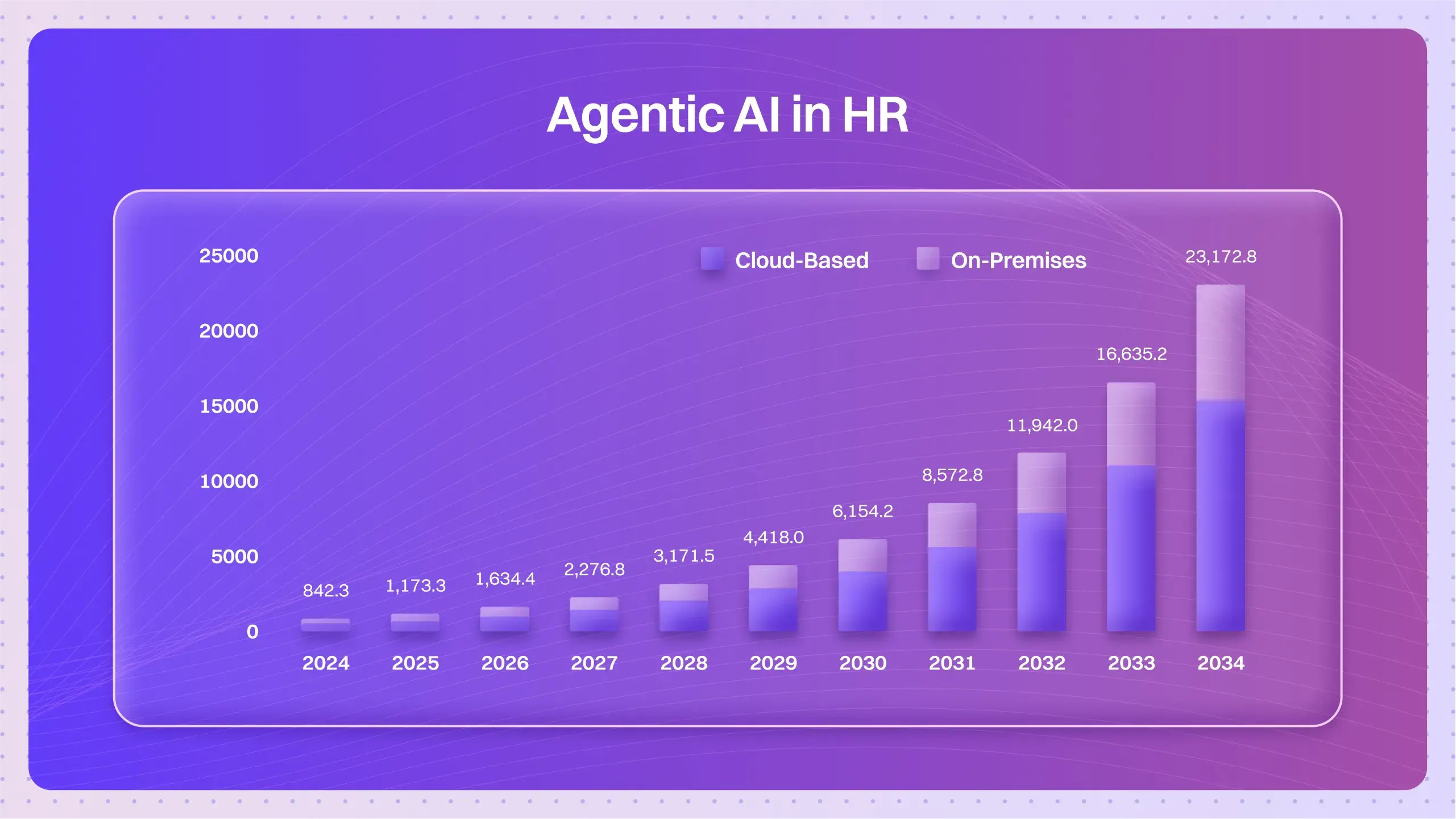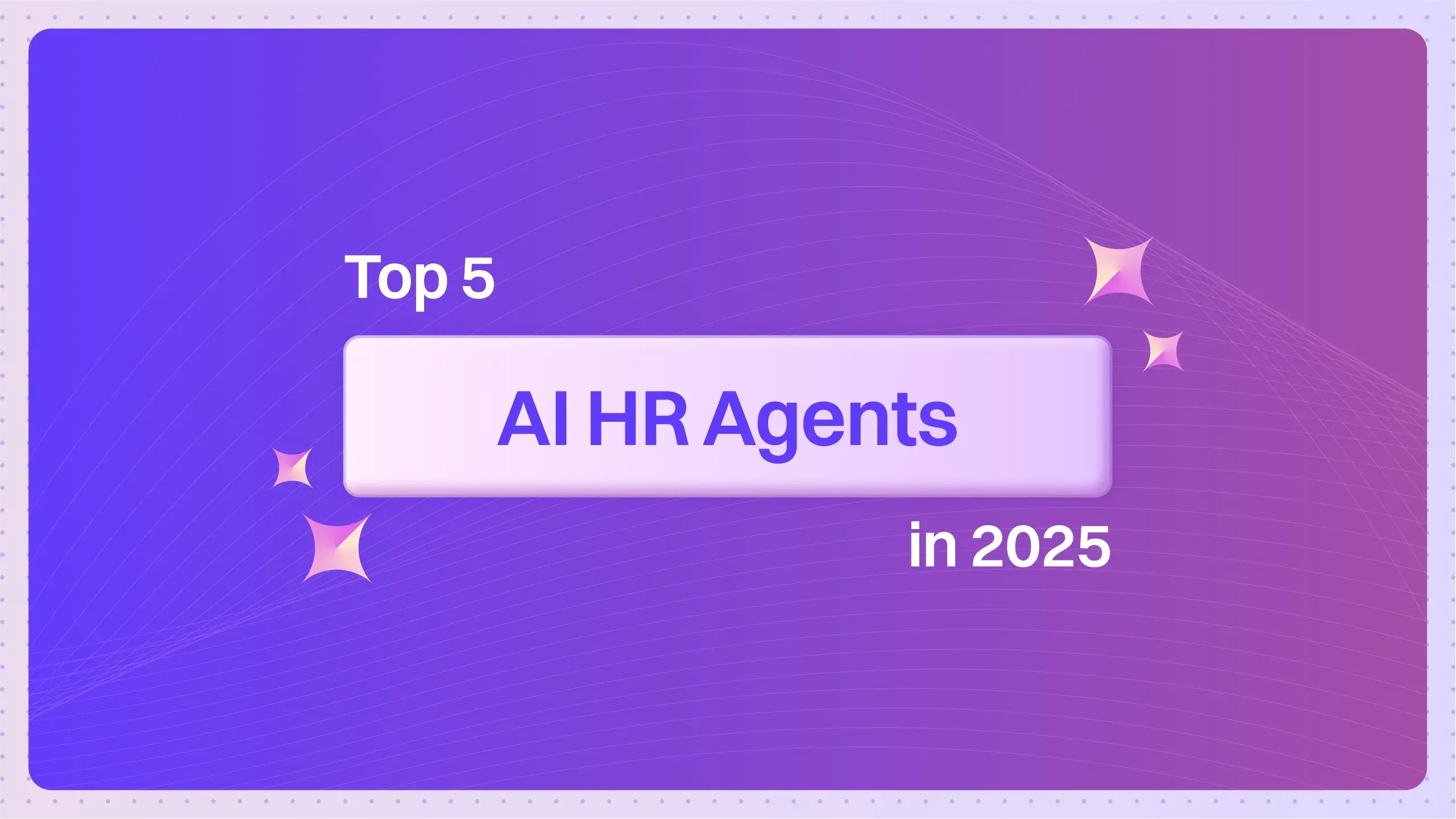Table of Contents
ToggleGenerative AI, or GenAI, is a groundbreaking technology that enables machines to create original content, including text, images, videos, and even software code. This capability is transforming industries by automating processes, enhancing creativity, and improving efficiency.
In this comprehensive guide, we will explore the mechanisms behind generative AI, its applications, the role of AI agents, and how companies like Lyzr.AI are leveraging this technology to revolutionize workflows.
What is Generative AI?
Generative AI refers to artificial intelligence systems that can generate new content based on the data they have been trained on. Unlike traditional AI, which focuses on analyzing existing data, generative AI creates original outputs. This can include:
- Text: Articles, stories, and marketing copy.
- Images: Art, photographs, and illustrations.
- Videos: Short films and animations.
- Audio: Music, sound effects, and voice synthesis.
Generative AI works by learning patterns and structures from vast datasets and using this knowledge to produce outputs that mimic the characteristics of the original data. This technology has immense potential across various sectors, including entertainment, healthcare, education, and more.
How Does Generative AI Work?
At the core of generative AI or gen AI are sophisticated models that simulate the learning and decision-making processes of the human brain. These models, often referred to as foundation models, serve as the basis for various generative AI applications.
By training on large datasets, these gen AI models learn to recognize and replicate the nuances of human creativity, enabling them to produce original content that is both high-quality and contextually appropriate.
The potential of generative AI extends beyond mere content creation. It offers significant productivity benefits for individuals and organizations alike.
Automating repetitive tasks and generating creative solutions, generative AI can enhance efficiency, allowing human workers to focus on more strategic initiatives. This capability not only streamlines workflows but also fosters innovation by providing new avenues for creativity.
Generative AI operates through a three-phase process: foundation model development, fine-tuning, and retrieval-augmented generation (RAG). Each phase plays a crucial role in shaping the model’s ability to generate relevant and high-quality content.
The process with which Gen AI functions can be broken down into several key components:
1. Foundation Models
At the heart of generative AI are foundation generative AI models, which are large-scale deep learning models trained on extensive datasets. These models serve as the basis for various generative applications.
For example, large language models (LLMs) are designed for text generation, while other models focus on image or video creation.
2. Training Process
Generative AI models undergo a training process where they learn from existing data. This involves:
- Data Collection: Gathering large amounts of relevant data (e.g., text, images).
- Pattern Recognition: The model analyzes the data to identify patterns, structures, and relationships.
- Content Generation: Once trained, the model can generate new content based on prompts provided by users.
3. Fine-Tuning
Once a foundation generative AI model is established, the next phase involves fine-tuning the model with labeled data specific to the desired application. This process enhances the model’s ability to generate content that aligns closely with user expectations and requirements. Fine-tuning is essential for ensuring that the outputs are not only relevant but also contextually accurate.
4. Retrieval-Augmented Generation (RAG)
Retrieval-augmented generation combines the strengths of generative models with external data retrieval mechanisms. This approach allows the model to access and incorporate real-time information from external sources, enhancing the quality and relevance of the generated content.
By integrating retrieval capabilities, a generative AI model can produce outputs that are informed by the latest data, making it a powerful tool for dynamic content generation.
Types of Generative Models
Generative AI encompasses several types of models, each with unique approaches to content creation:
- Generative Adversarial Networks (GANs): GANs consist of two neural networks—a generator and a discriminator—that work together. The generator creates fake data, while the discriminator evaluates its authenticity. This competitive process continues until the generator produces data that is indistinguishable from real data.
- Variational Autoencoders (VAEs): VAEs are designed to encode input data into a compressed representation, which can then be used to generate new content. They are particularly effective for generating variations of existing data.
Gen AI models add more noise to an initial sample to create new and coherent output.
- Diffusion Models: These models create new data by gradually adding noise to an initial sample and then reversing the process to produce a new, coherent output.
- Transformers: Transformers are a type of model that has revolutionized natural language processing. They excel at understanding context and generating coherent text, making them ideal for applications like chatbots and content generation.
Applications of Generative AI
Generative AI has a wide range of applications across various fields, showcasing its versatility and potential to transform industries. Here are some notable use cases:
1. Content Creation
Generative AI tools can automate the creation of written content, such as articles, marketing copy, and social media posts. This capability allows businesses to produce high-quality content quickly and efficiently.
2. Image and Video Generation
Tools like DALL-E and Midjourney are generative AI tools that enable users to generate stunning visuals based on textual prompts. This technology is being used in advertising, entertainment, and even fashion design to create unique and engaging content.
3. Music Composition
Generative AI can compose original music by analyzing existing patterns and styles. Musicians can use AI to generate melodies, harmonies, and even complete songs, providing new sources of inspiration.
AI Models are advancing to help humans avoid errors and increase productivity.
4. Software Development
In the tech industry, generative AI tools can assist developers by automating code generation and debugging processes. This not only speeds up development but also reduces the potential for human error.
5. Healthcare Applications
Generative AI is being used in healthcare to synthesize medical images for training and testing purposes. This technology can help improve diagnostic accuracy and support medical research.
6. Personalized Marketing
Generative AI can create personalized marketing content in real-time, tailoring messages to individual preferences and behaviors. This leads to more effective marketing campaigns and improved customer engagement.
Automating Processes with Generative AI
Beyond content creation, generative AI can significantly automate various business processes, enhancing operational efficiency. Here are some ways generative AI is being used to automate tasks:
- Document Generation: Generative AI can quickly draft or revise contracts, invoices, and other paperwork, allowing employees to focus on higher-level tasks.
- Data Analysis: By analyzing large datasets, generative AI models can identify trends and generate insights, supporting data-driven decision-making.
- Customer Support: AI-powered chatbots can handle customer inquiries 24/7, providing instant responses and freeing human agents to tackle more complex issues.
- Supply Chain Management: Generative AI tools can optimize supply chain processes by predicting demand, managing inventory, and automating order fulfillment.
The Role of AI Agents
AI agents, another branch of generative AI models, are sophisticated programs designed to perform tasks autonomously, making decisions based on their environment and inputs. These agents are pivotal in automating complex tasks and refining strategic decisions. Key characteristics of generative AI agents include:
- Autonomy: AI agents can operate independently, executing tasks without human intervention.
- Adaptability: They can learn from their experiences and adjust their actions based on new information.
- Task Execution: AI agents can handle a variety of tasks, from data analysis to customer service interactions.
AI Agents Created by Lyzr.AI
Lyzr.AI has developed several innovative generative AI agents designed to streamline processes and enhance productivity. Notable examples include:
- Jazon: An AI agent that assists users in automating routine tasks, such as scheduling meetings, managing emails, and generating reports. Jazon learns from user preferences to improve its efficiency over time.
Autonomous agents are transforming the game for generative AI.
- Skott: This AI agent focuses on customer engagement, providing personalized responses to customer inquiries and assisting in sales processes. Skott leverages generative AI to create tailored marketing messages and product recommendations.
These AI agents exemplify how generative AI can be harnessed to automate processes, improve customer interactions, and enhance overall business efficiency.
Benefits of Generative AI
The rise of generative AI brings numerous benefits to individuals and organizations alike:
1. Increased Efficiency
Generative AI can automate repetitive tasks, allowing human workers to focus on more strategic initiatives. This leads to significant time savings and increased productivity.
2. Enhanced Creativity
By providing new ideas and perspectives, generative AI can inspire creativity in various fields. It can serve as a brainstorming partner, helping artists, writers, and designers explore new concepts.
3. Cost Savings
Automating content creation and other processes can lead to substantial cost savings for businesses. Generative AI reduces the need for extensive human resources in tasks like content writing and design.
4. Data-Driven Insights
Generative AI can analyze large datasets to identify trends and patterns, providing valuable insights that support decision-making and strategy development.
Challenges and Risks of Generative AI
While generative AI offers many advantages, it also presents challenges and risks that must be addressed:
1. AI Hallucinations
Generative AI models can produce outputs that are nonsensical or factually incorrect, known as “hallucinations.” This poses a risk in applications where accuracy is critical, such as healthcare or legal contexts.
2. Bias in Outputs
Generative AI can inherit biases present in the training data, leading to biased or unfair outcomes. This is particularly concerning in applications related to hiring, law enforcement, and content moderation.
3. Ethical Concerns
The potential for misuse of generative AI, such as creating deepfakes or generating misleading information, raises significant ethical questions. Ensuring responsible use of this technology is essential.
4. Job Displacement
As generative AI automates tasks traditionally performed by humans, there are concerns about job displacement in various industries. While new opportunities may arise, the transition could be challenging for some workers.
The Future of Generative AI
The future of generative AI is bright, with ongoing advancements poised to reshape industries and enhance human capabilities. Key trends to watch include:
1. Integration into Everyday Tools
Generative AI is likely to become increasingly integrated into the tools and platforms we use daily. This could streamline workflows and improve productivity across various sectors.
2. Advancements in Multimodal AI
As generative AI continues to evolve, we can expect improvements in multimodal AI, which can generate content across multiple types of media, including text, images, and videos. This will enhance the versatility of AI applications.
Embracing generative AI models is the way to go in this new future.
3. Enhanced Personalization
Generative AI will enable even greater levels of personalization in marketing, customer service, and content creation. This will lead to more engaging and relevant experiences for users.
4. Ethical Frameworks
As the technology matures, there will be a growing emphasis on developing ethical frameworks and guidelines for the responsible use of generative AI. This will help mitigate risks and ensure that AI is used for the benefit of society.
Embracing GenAI for Enhanced Work Potential
Generative AI represents a significant advancement in artificial intelligence, offering transformative capabilities across various industries. By understanding its mechanisms, applications, benefits, and challenges, individuals and organizations can harness the power of generative AI to drive innovation and enhance productivity.
The integration of AI agents, such as those developed by Lyzr.AI, further demonstrates how generative AI can automate processes and improve customer interactions. As this technology continues to evolve, its impact on the way we create, communicate, and collaborate will shape the future of work and society as a whole.
Embracing generative AI as a tool for augmentation rather than replacement will be key to unlocking its full potential in the years to come. With responsible use and ongoing advancements, generative AI can truly be a magical force for creativity and efficiency in our lives.
Book A Demo: Click Here
Join our Slack: Click Here
Link to our GitHub: Click Here







